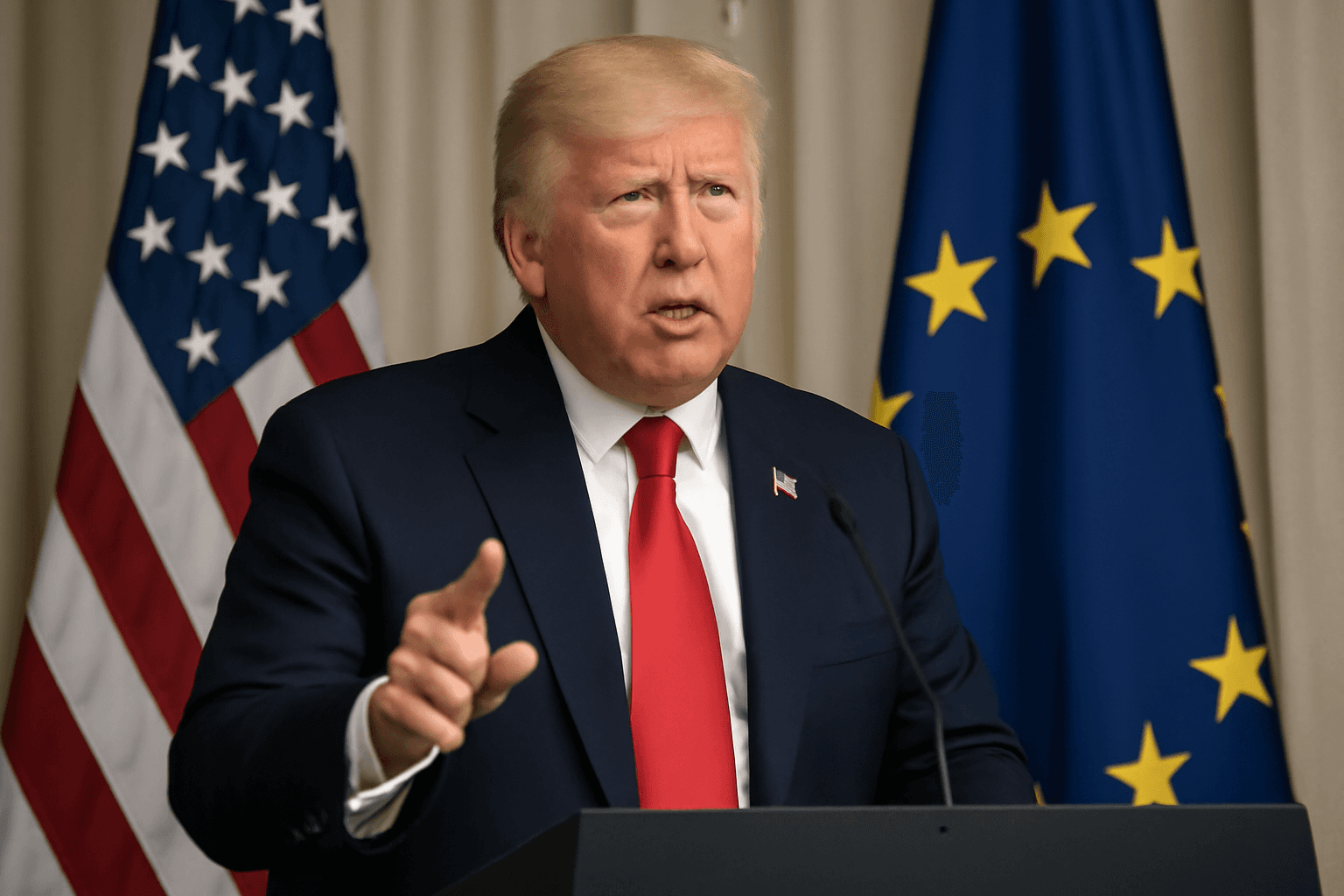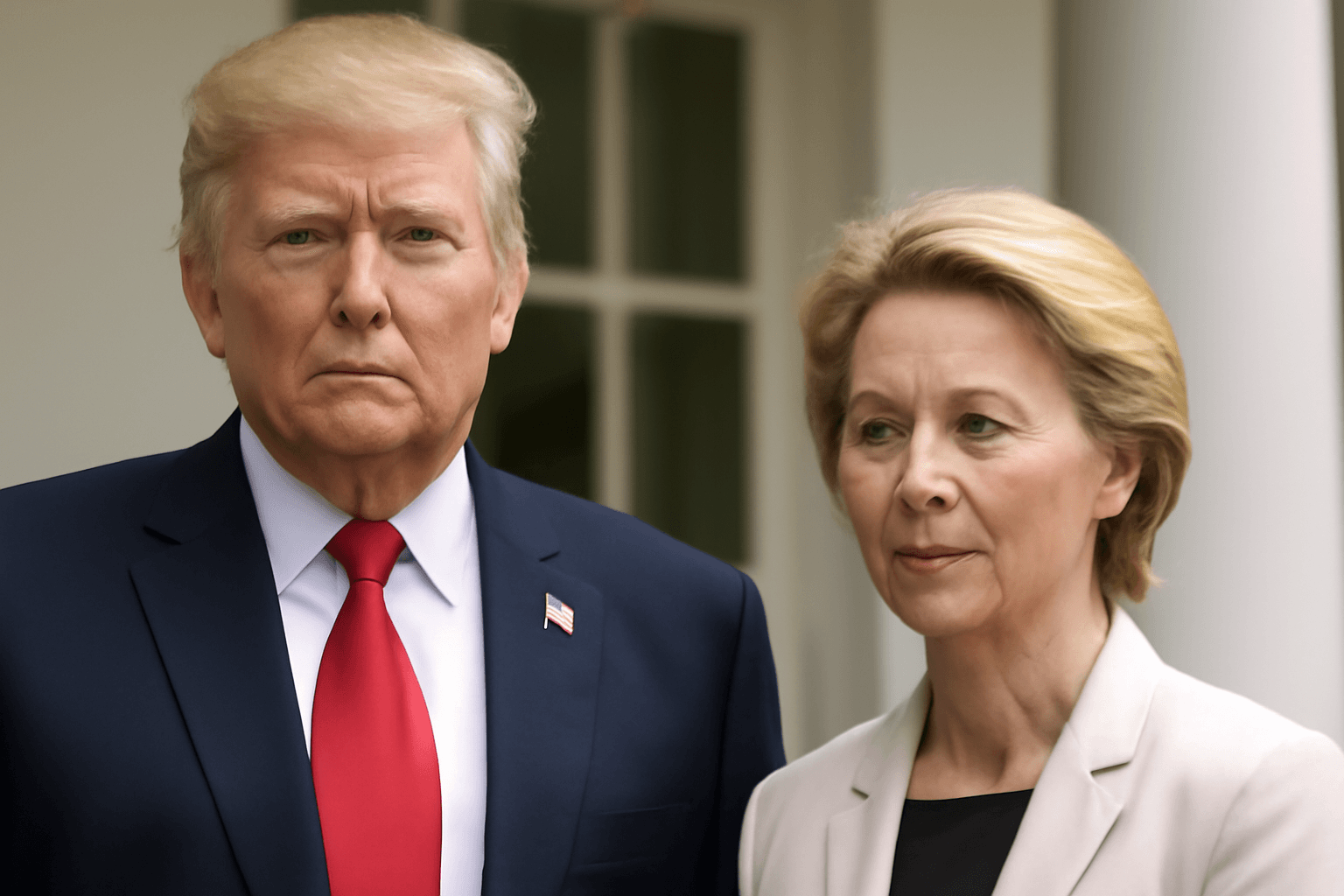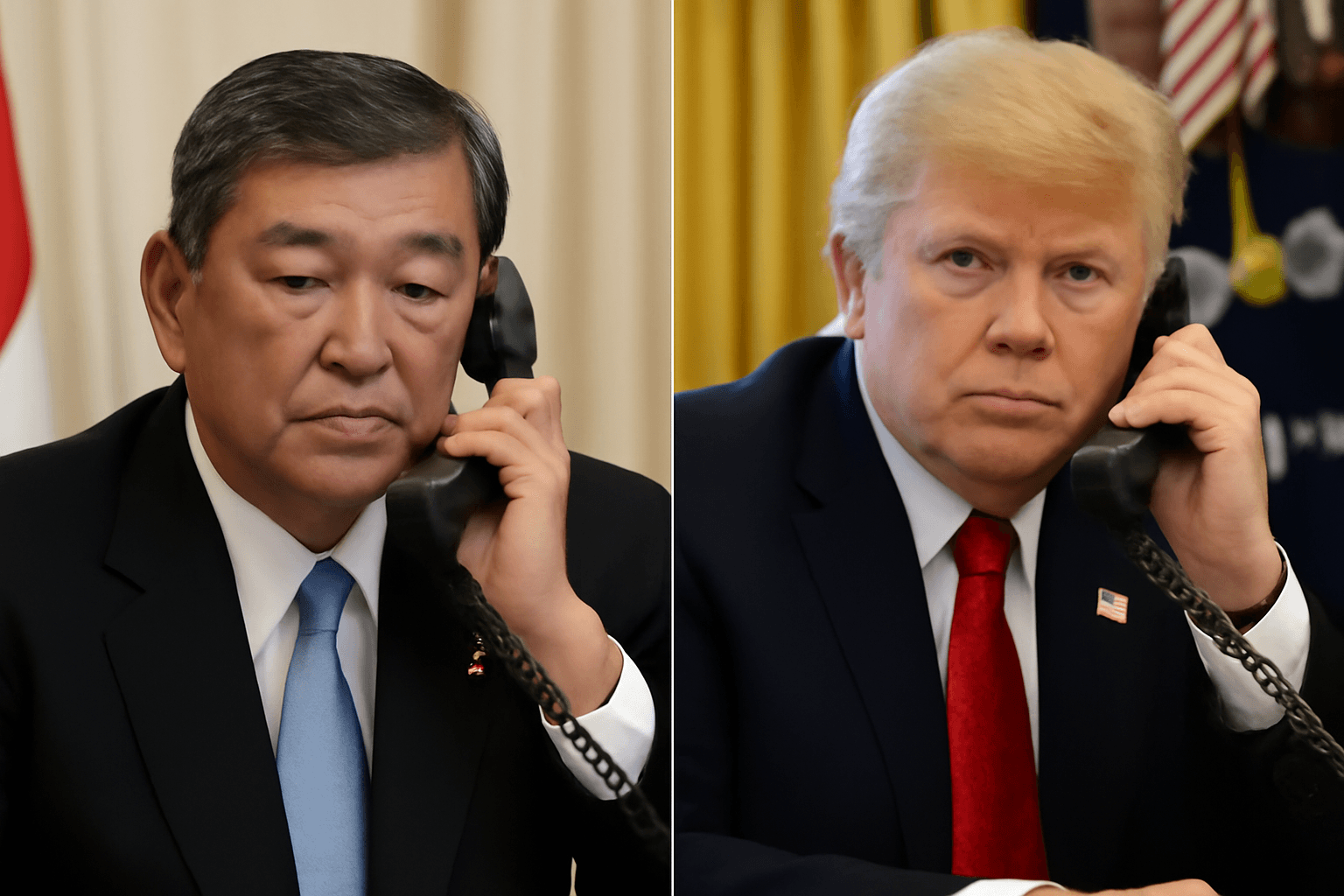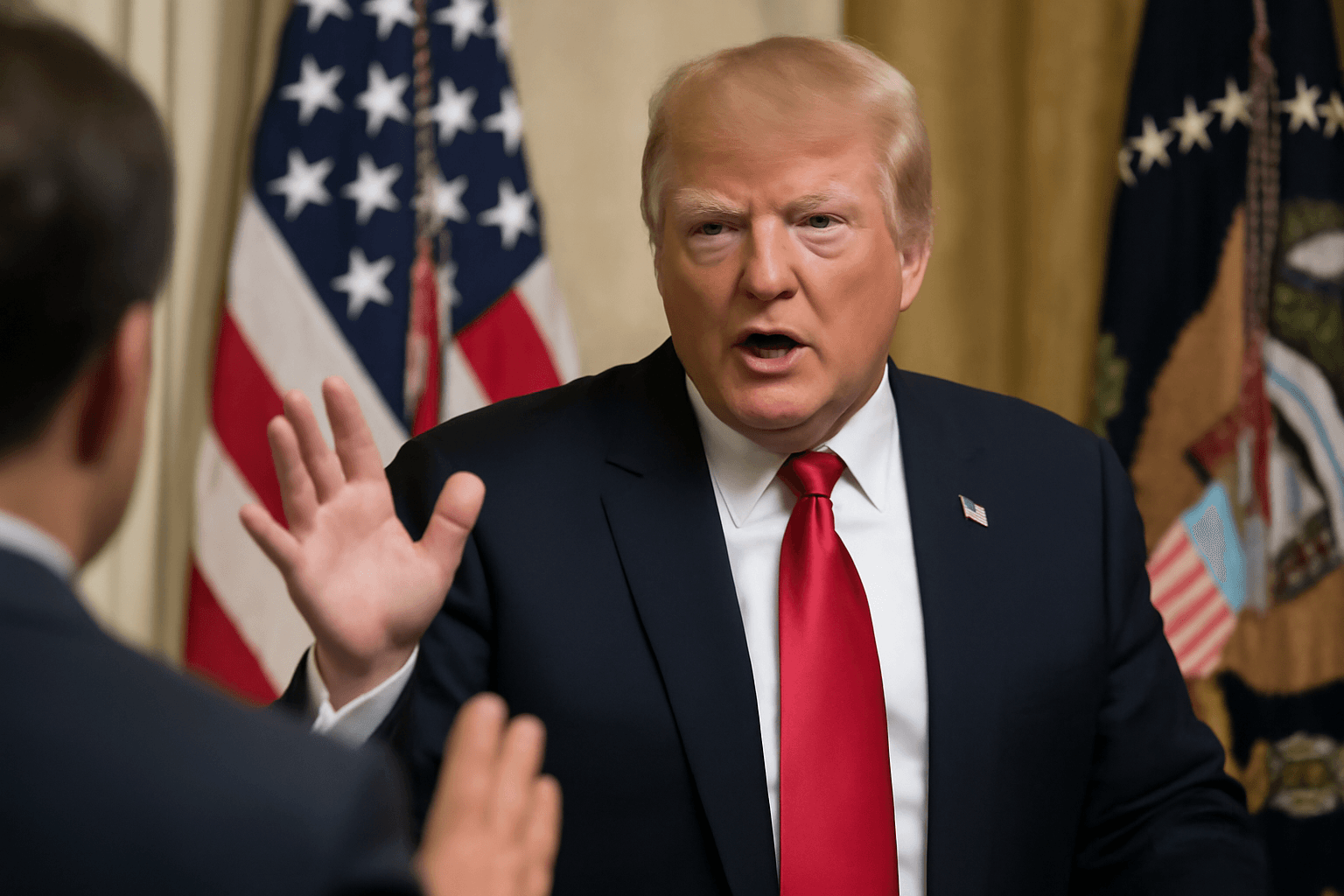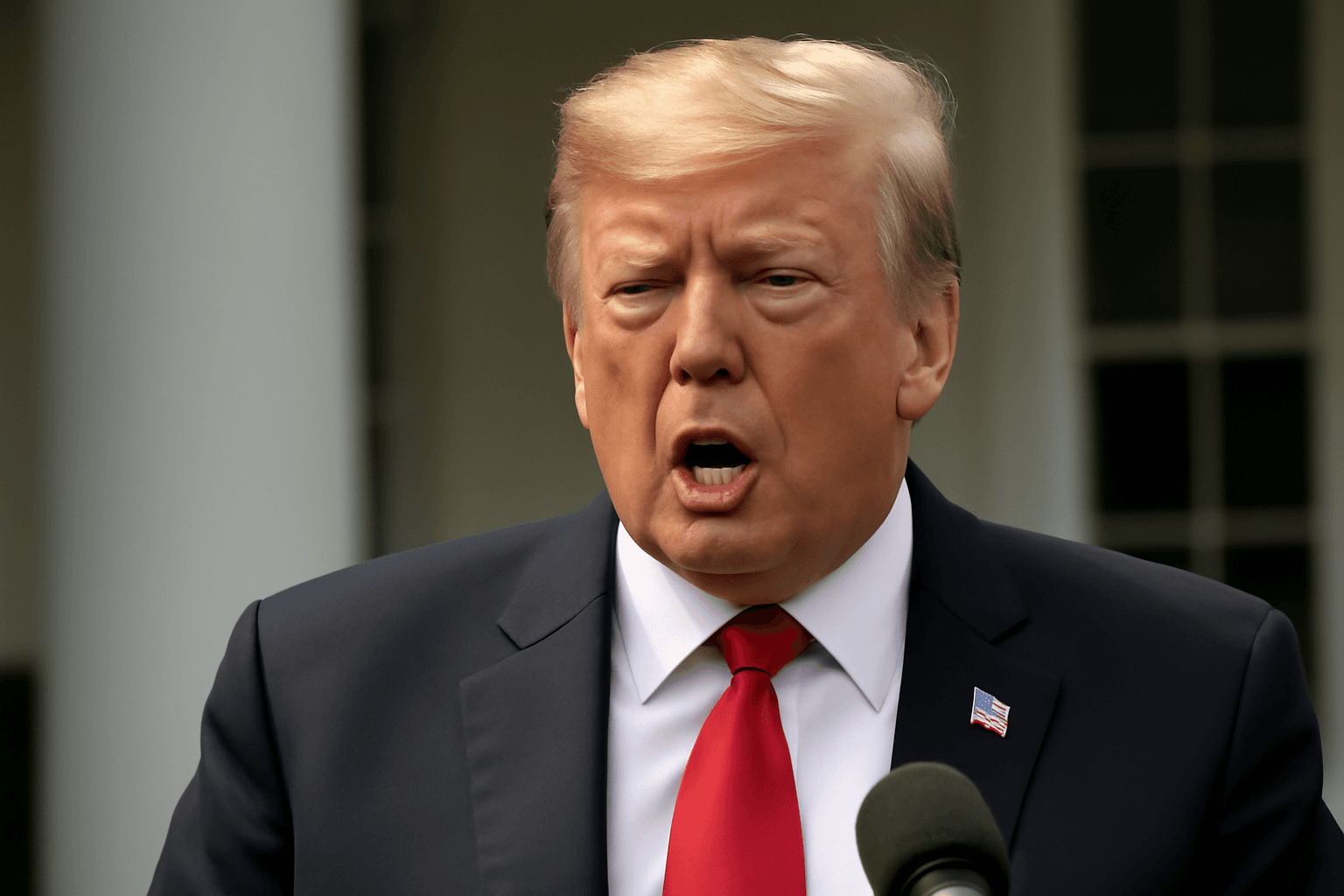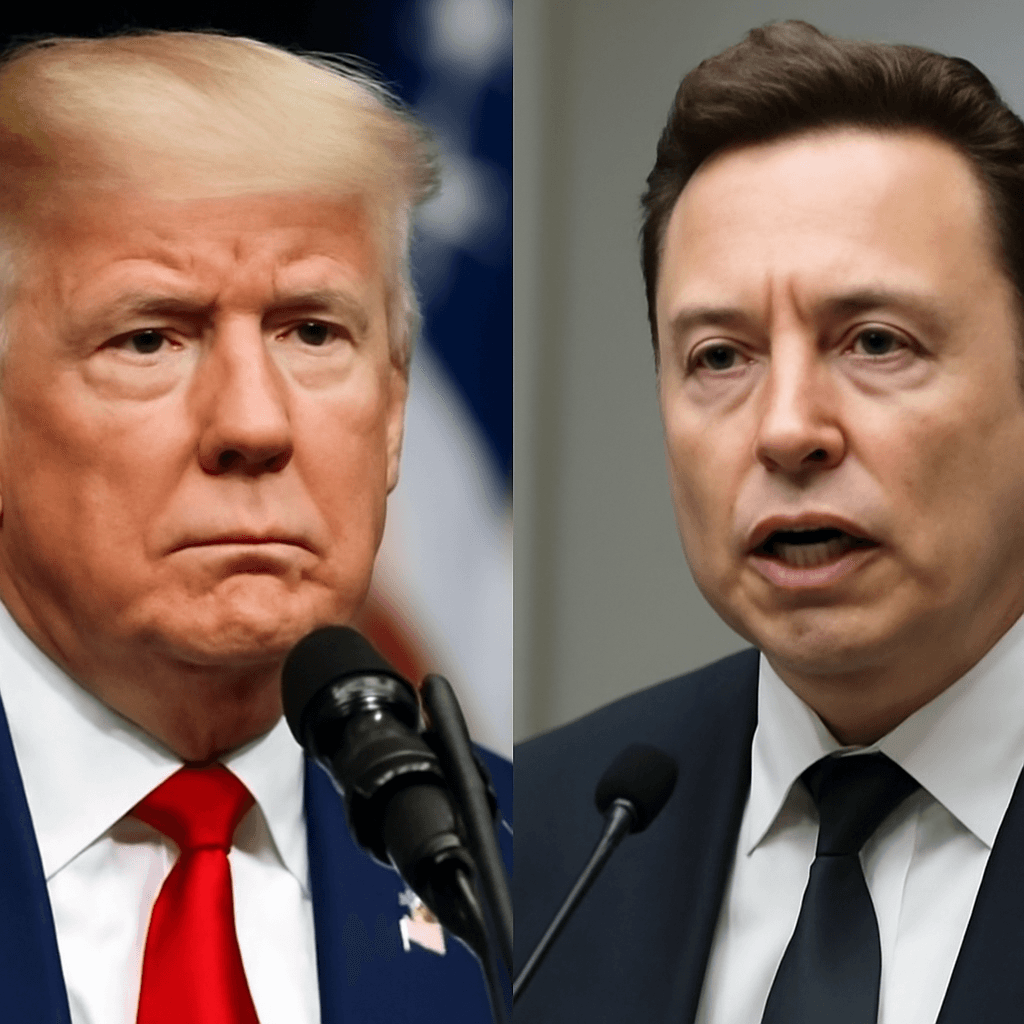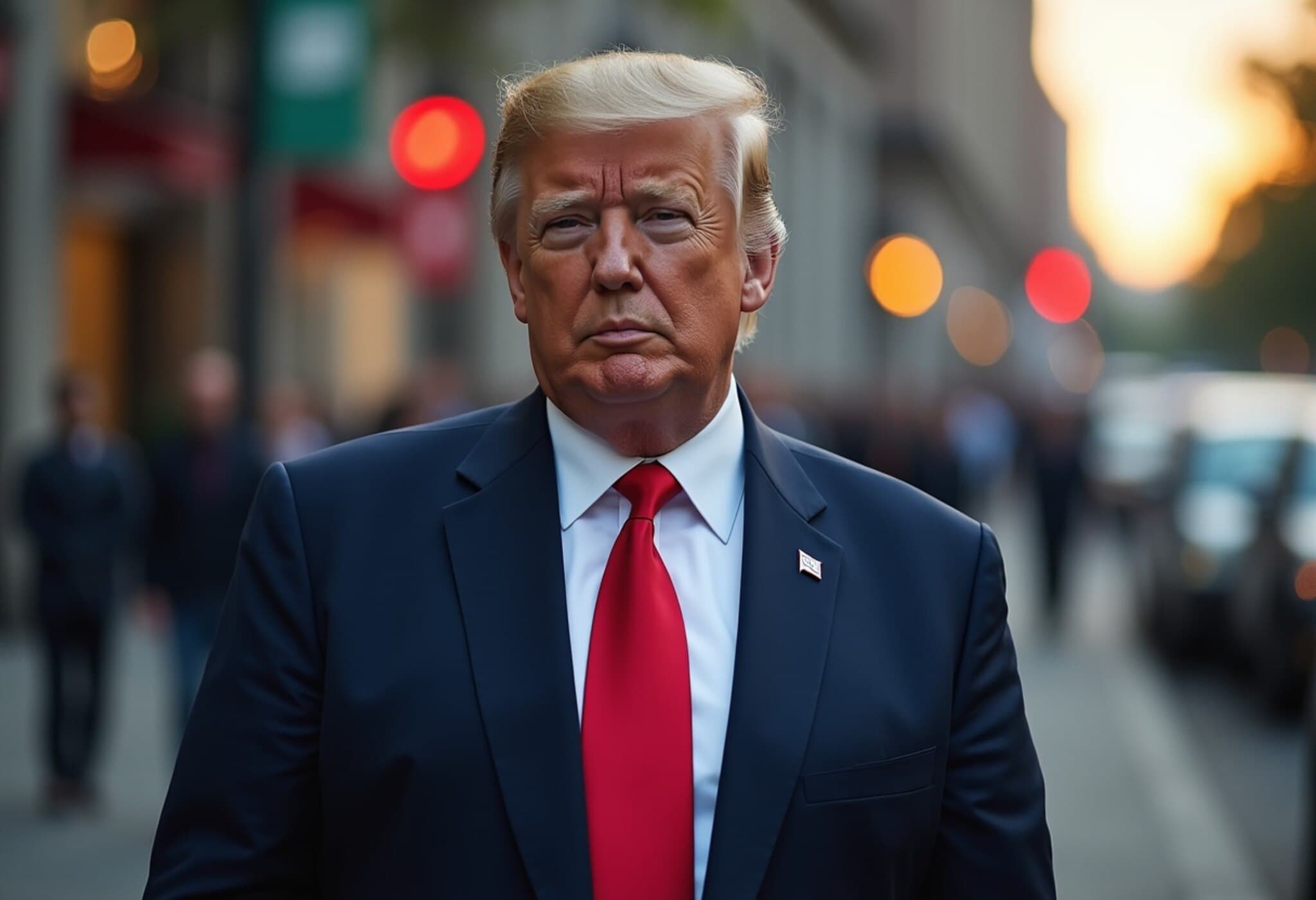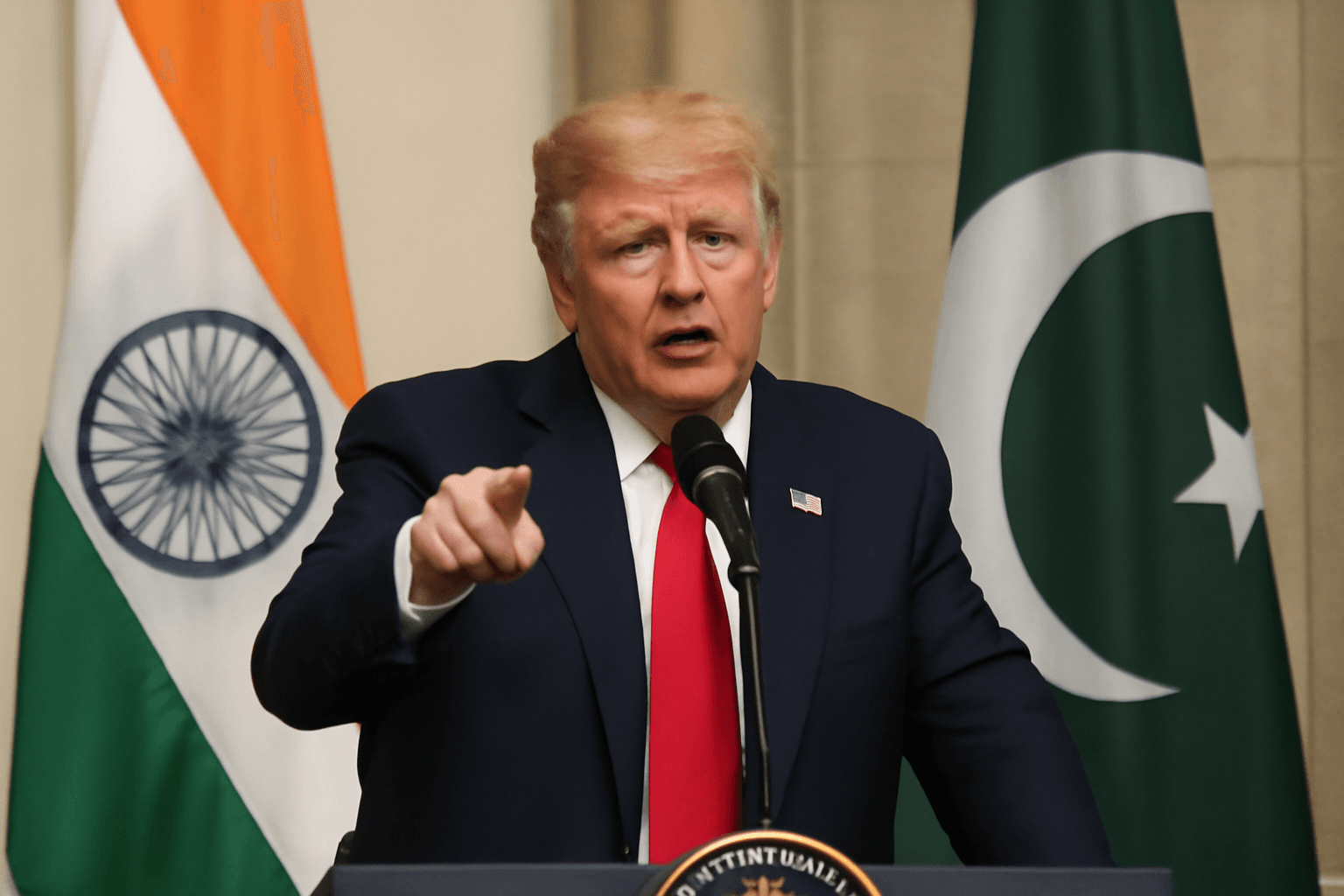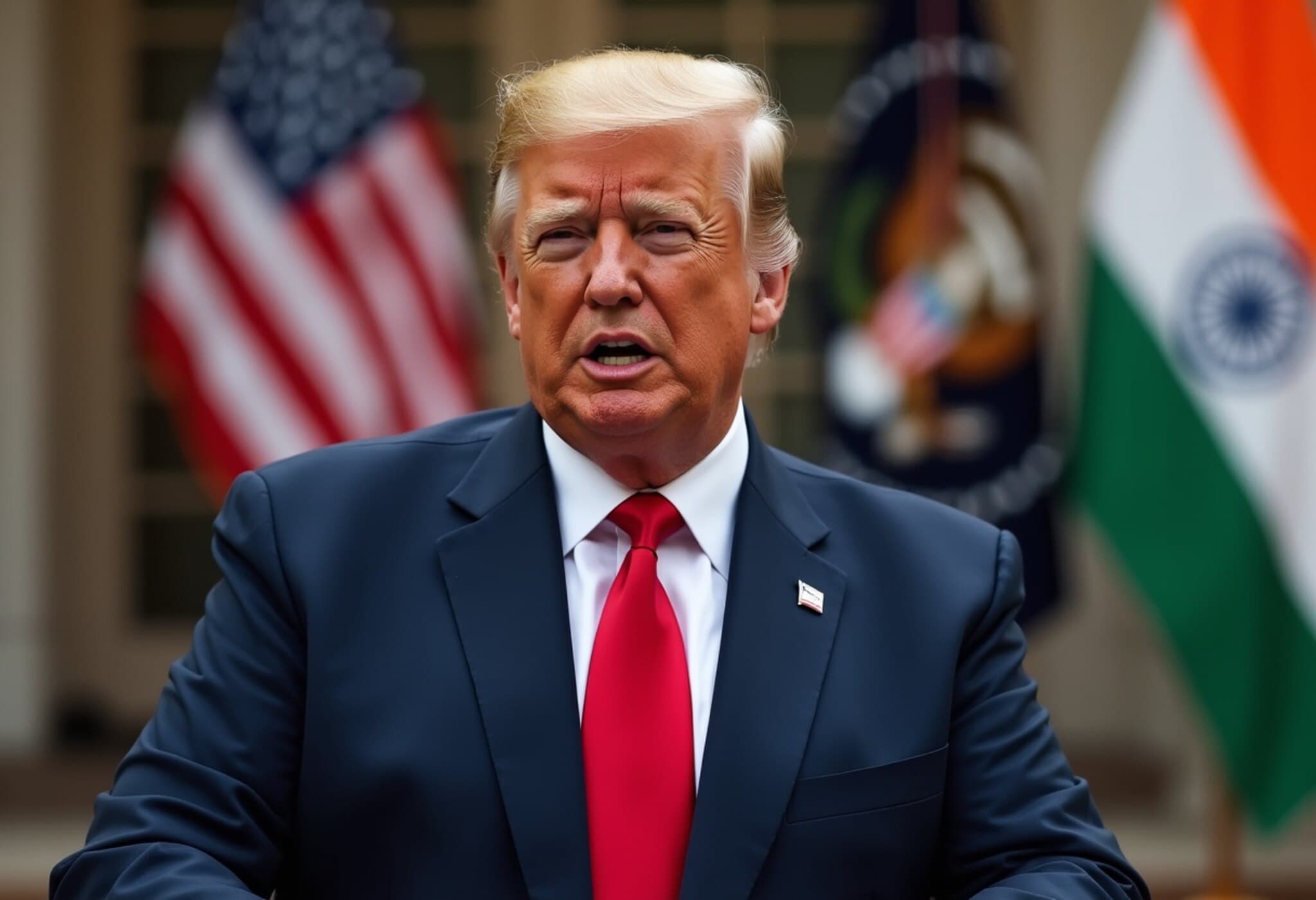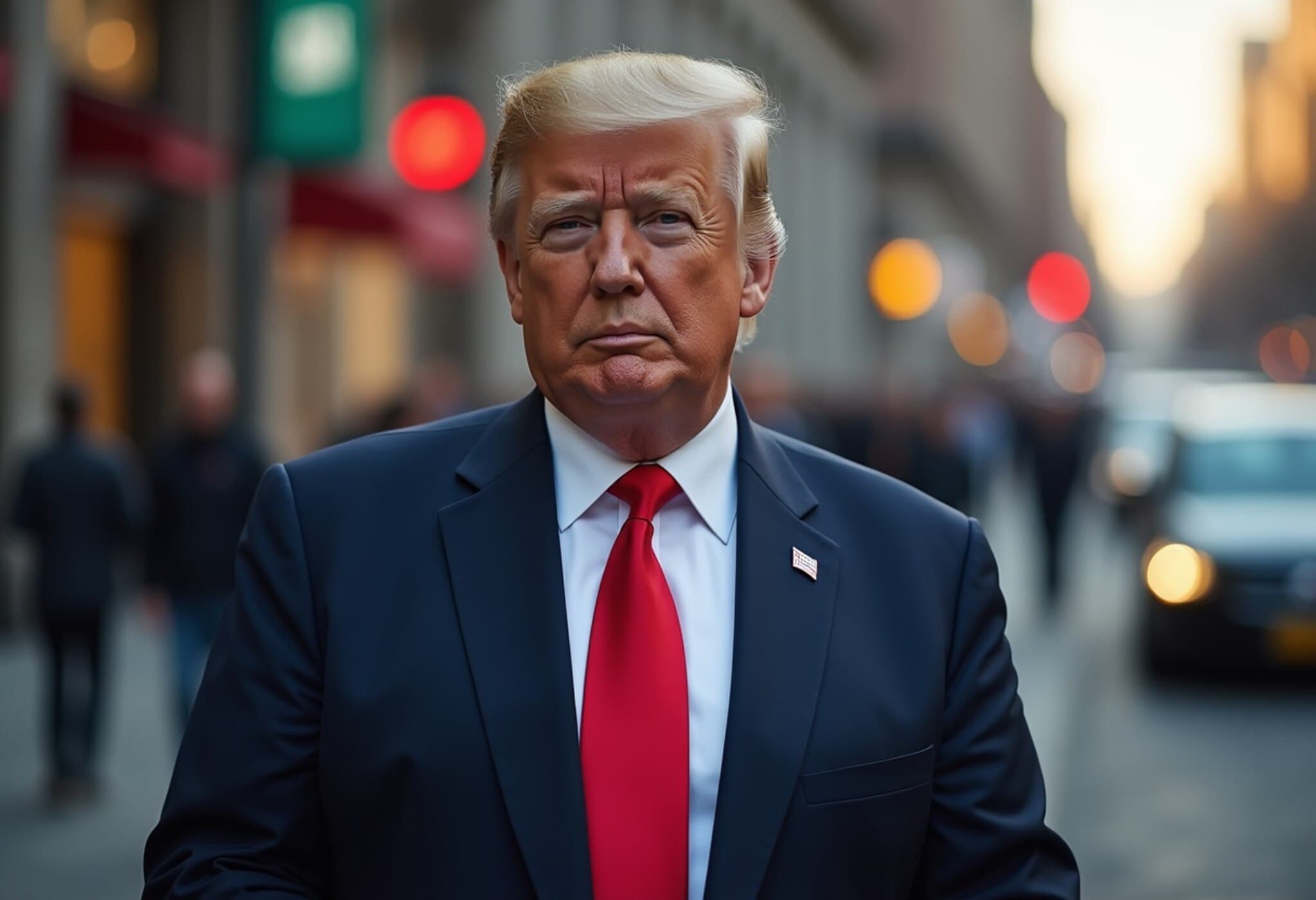Trump Announces Steep 30% Tariffs on EU and Mexico Starting August 1
In a bold move that has sent ripples through international markets, President Donald Trump declared on July 13, 2025, that the United States will impose a sweeping 30% tariff on a range of imports from both the European Union and Mexico, effective from August 1. This decisive policy shift marks a significant escalation in the ongoing trade friction between the United States and several of its key trading partners.
Understanding the New Tariffs: Scope and Rationale
The tariffs cover a broad spectrum of goods, including agriculture products, manufactured items, and select raw materials. According to White House sources, the levies aim to address what the administration views as unfair trade practices, intellectual property theft, and persistent trade deficits with these regions.
President Trump framed these tariffs as a necessary measure to protect American industries and workers. “For too long, the United States has been taken advantage of in trade deals that are unfair and harmful to our economy,” he stated. “These tariffs will ensure that American businesses compete on a level playing field.”
Key Details of the Tariff Announcement
- Effective Date: August 1, 2025
- Tariff Rate: 30% on targeted imports
- Targeted Regions: European Union member states and Mexico
- Scope: Includes automotive parts, steel, agricultural products, and technological equipment
International Reaction and Economic Implications
The immediate response from global markets was one of concern, with stock indices dipping amid fears of escalating protectionism. The European Union and Mexico have both condemned the tariffs as damaging to global trade norms and declared intentions to pursue retaliatory measures.
Trade experts warn that such tariffs could provoke a tit-for-tat cycle that might disrupt supply chains, increase costs for American consumers, and possibly slow economic growth. Economists suggest the tariffs could also undermine recent efforts to stabilize US-Mexico trade relations forged through agreements like the USMCA (United States-Mexico-Canada Agreement).
Potential Consequences for U.S. Businesses and Consumers
While the administration emphasizes protecting domestic jobs, some sectors fear increased input costs could hinder competitiveness. For instance, American manufacturers relying on imported components from the EU or Mexico might face higher expenses, ultimately passed down to consumers.
Furthermore, the agricultural sector, a vital component of US exports, could suffer retaliatory sanctions that limit market access overseas.
Expert Insight: Balancing Trade Sovereignty and Global Cooperation
Trade policy analysts emphasize the delicate balance the United States must maintain between asserting its economic interests and fostering global trade cooperation. According to Dr. Laura Chen, an international trade expert at Georgetown University, “While tariffs can serve as leverage in negotiations, broad application risks alienating key allies and disrupting complex global value chains important for the US economy.”
She also notes that the long-term success of such policies hinges on diplomatic engagement and transparent negotiation rather than solely punitive tariffs.
Looking Ahead: What Lies Beyond August 1?
With the tariff imposition date looming, businesses on both sides are bracing for shifts in trade dynamics. The European Union has already hinted at seeking dispute resolution through the World Trade Organization (WTO), while Mexican officials are exploring bilateral responses. The coming weeks could prove pivotal in defining the next chapter of transatlantic and North American trade relations.
Editor's Note
This latest development in trade policy underscores the complexities of balancing national economic interests within an interconnected global economy. As the United States asserts more protectionist measures, the coming months will reveal the true costs—for American workers, international partners, and the broader market stability. Readers are encouraged to consider how such measures could ripple through everyday costs and global cooperation efforts.

